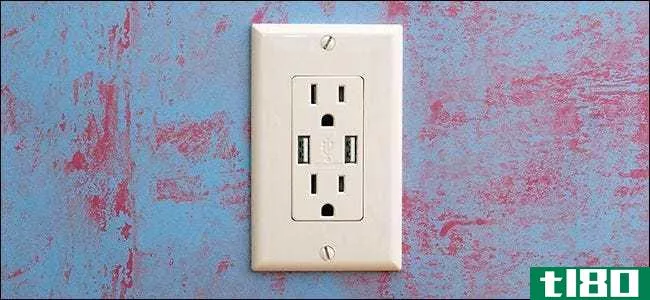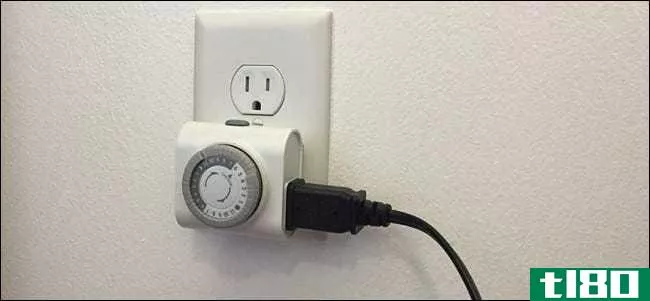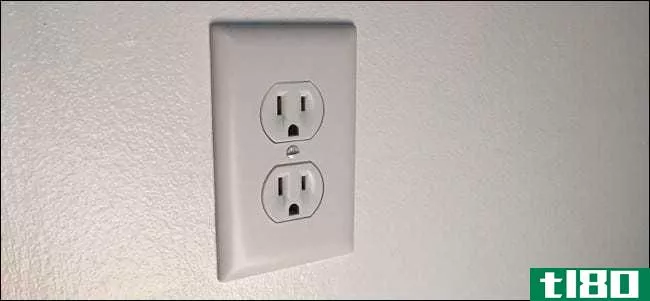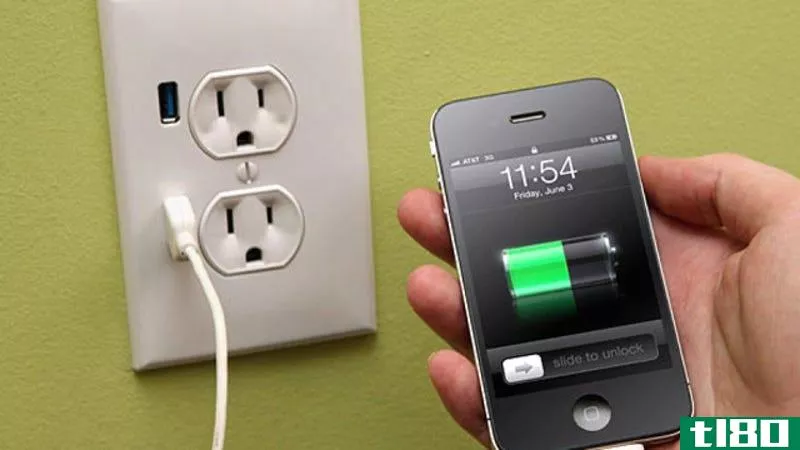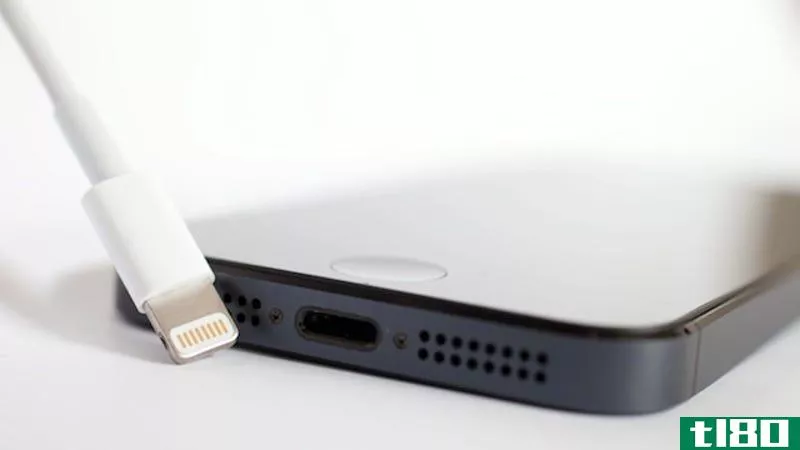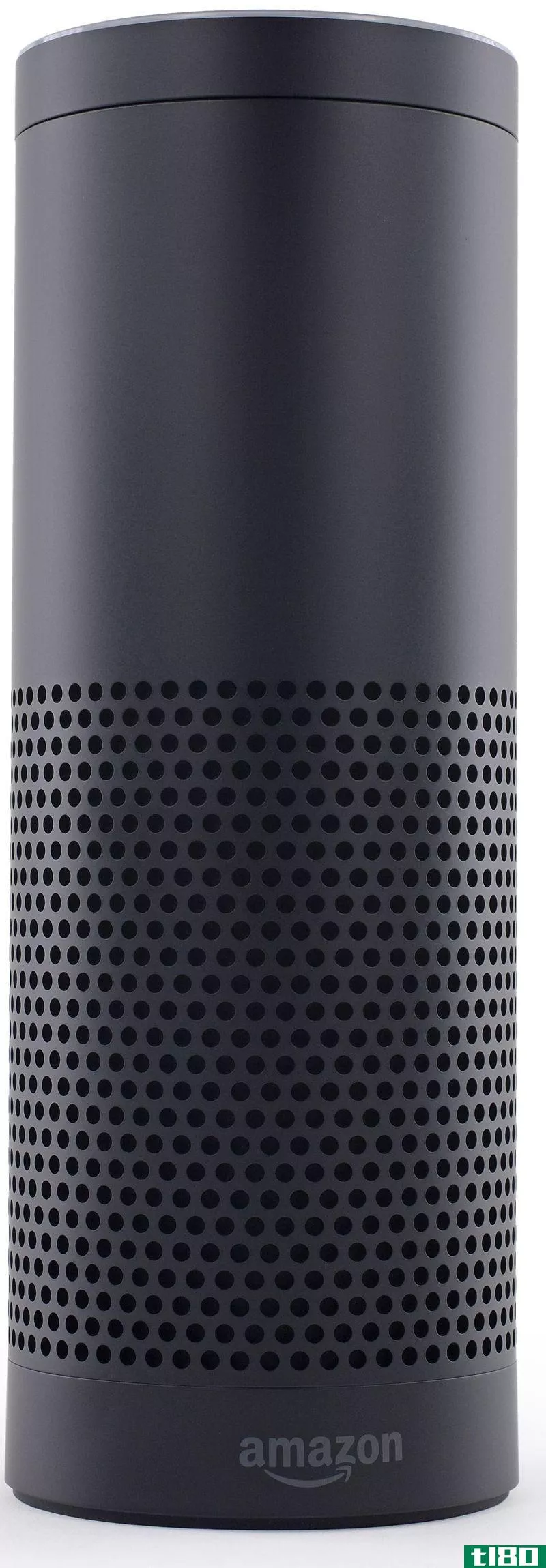你能把USB1.1集线器连接到墙上的插座和充电设备吗?

旧的硬件只是坐在那里收集灰尘或妨碍工作,这是令人沮丧的,因此,如果它可以重新调整用途,使之再次有用,那么它是一个令人高兴的原因。今天的超级用户问答文章讨论了为好奇的读者重新利用旧的USB1.1集线器设备的可能性。
今天的问答环节是由SuperUser提供的,SuperUser是Stack Exchange的一个分支,是一个由社区驱动的问答网站分组。
图片由Alexandros Kostalas(Flickr)提供。
问题
超级用户阅读器user1049697想知道是否可以使用旧的USB 1.1集线器为他的设备充电:
I have an old USB 1.1 hub and I was wondering if it could be repurposed for something useful. Would it be possible to connect it to a wall charger that has a built-in USB outlet and use the hub to get 4 USB charging ports? Do USB hubs not work well when connected to wall outlets?
The image below shows a hub similar to the USB 1.1 hub I have:

(Update) I did try this with some devices and the results are as follows:
- My old Android 2.3 device will charge, albeit very slowly.
- My iPhone 5S will not charge at all.
是否可以使用旧的USB 1.1集线器为设备充电?
答案
超级用户贡献者Bob为我们提供了答案:
Unfortunately, it really depends on the specifics of the implementation of both the hub and the device.
The vast majority of simple hubs do not really implement any sort of power control. They will just connect the USB power lines directly to either their host or an external (regulated) power supply, which means you would effectively be sharing the capacity of the power source over all ports.
In practice, however, USB charging gets quite complex. The bottom line is that your USB 1.1 hub will probably charge your peripherals, but at a reduced rate. This is not because the hub is actively limiting the current output, but because peripherals will limit the current they draw unless they can positively confirm the host is capable of supplying that current (to prevent damage to hosts that cannot).
This reduced rate depends on the specific peripheral and the specific hub, but it likely ranges from 100 mA to 500 mA, which is far less than a modern **art phone’s maximum (over 1,000 mA).
To elaborate:
1. If the host implements some kind of power control, then the peripheral must initiate a data connection and negotiate properly. Even though this is technically required by the specs (except the newer battery charging specs), some peripherals might not do so. I imagine most **art phones will at least try, but there are many ‘dumb’ USB peripherals that will not.
2. In the case of a hub connected to a USB power supply without a proper host, it might not work at all.
3. Negotiation is as follows:
- Each peripheral is permitted to draw one unit load without negotiation. Each peripheral should communicate with the host to request more units.
- USB 1.1 and 2.0 define one unit load as 100 mA, with a maximum of 5 unit loads (500 mA).
- USB 3.0 defines one unit load as 150 mA, with a maximum of 6 unit loads (900 mA).
4. Modern devices often need more power (**art phones often draw 1,000 mA – 2,000 mA).
5. There is a battery charging specification that deals with this. Read through the article “How USB Charges Just About Any Electronic Device” for details on how its negotiation and detection works, but that is not too important.
- The charging limit is 1,500 mA, but only if the data lines are shorted together (or respond as if they have been). This is not the case with a data-capable host like a USB hub. There is an additional profile that deals with this, but a USB 1.1 hub probably does not implement it.
- With a non-compatible host, most **arter peripherals will fail to detect a high-capacity source and will therefore fall back to charging at 500 mA at most. This means your USB hub will likely charge the device at a significantly slower rate than plugging the peripheral directly into the charger.
5. There are some other specs such as Apple’s protocol, Qualcomm’s quick charge protocol, etc. They all have their own detection and negotiation methods. They will also not work with a USB 1.1 hub.
6. There is a newer USB Power Delivery spec, but almost nothing implements it yet and it deals with all sorts of wacky things like different voltages.
有什么要补充的解释吗?在评论中发出声音。想从其他精通技术的Stack Exchange用户那里了解更多答案吗?在这里查看完整的讨论主题。
- 发表于 2021-04-10 11:18
- 阅读 ( 174 )
- 分类:互联网
你可能感兴趣的文章
如何升级usb充电插座
...论你是说电池组还是壁式充电器,充电器的电流量决定了你能给设备充电的速度。轻量级1A连接可以很好地关闭Kindle,但要为iPad充电需要更长的时间(在某些情况下,某些高需求设备不正确地使用低安培充电器充电)。 购买USB...
- 发布于 2021-04-08 21:01
- 阅读 ( 164 )
五种方法让你的家自动化,不用花很多钱
...座,而且它们通常足够大,占据了整个插座。然而,如果你能克服这个怪癖,那么它们就非常适合在不从沙发上起来的情况下打开和关闭东西。 出口计时器 相关报道:并非所有电器都能与智能插座配合使用。下面是如何知道 ...
- 发布于 2021-04-09 01:00
- 阅读 ( 192 )
你可以在家里安装不同类型的电源插座
...智能插座,取代任何传统的插座。你将需要某种智能家居集线器,因为它可以通过Z-Wave进行通信,但如果你正在考虑获得这些类型的插座,你可能已经有了一个。 如果你想在家里做一些电器升级,即使只是简单的做一些适配器...
- 发布于 2021-04-09 06:16
- 阅读 ( 149 )
使用这些网络选项修复您缓慢的互联网
...配器直接连接到电缆调制解调器或连接到internet的以太网集线器。有些没有无线连接功能,但您可以通过以太网端口将电力线适配器与无线路由器连接起来使用。将第一个适配器连接到web后,将另一个适配器**需要的墙上插座,...
- 发布于 2021-05-15 12:14
- 阅读 ( 83 )
如何在墙上安装usb插座
...从旧插座上拆下电线(使用平头或十字螺丝刀)并将其连接到新插座上。你也可以用金属丝切割机把金属丝剪断,但你得把金属丝剥开½" 把它们装到新的插座上(如果你走这条路,我推荐这样的方法。)这里唯一的技巧是将不同...
- 发布于 2021-05-20 21:22
- 阅读 ( 143 )
注意充电器的安培数,以便快速充电
...案。你可以使用插在电脑上的Lightning接口(通过USB)、连接到墙上插座的iPhone充电器或连接到墙上插座的iPad充电器。PC USB充电器提供2.5瓦的功率(500毫安时为5伏)。iPhone充电器提供5瓦(1000毫安时为5伏)。Retina-iPad mini充电器提...
- 发布于 2021-05-22 04:49
- 阅读 ( 166 )
回声(echo)和回声增强(echo plus)的区别
...音重击音乐聆听体验。Echo Plus最好的地方是Zigbee智能家居集线器,它允许它与家庭自动化网络上的其他智能设备进行交互,而不需要特殊的集线器。 echo和echo plus之间的差异 设计 –最初的Echo是一个9.25英寸高的圆柱体,内置七...
- 发布于 2021-06-26 05:49
- 阅读 ( 160 )
跳过单用途墙壁充电器;买一个usb集线器,为多个小工具充电
虽然我们倾向于认为USB集线器是电脑配件,可以帮助我们将更多的设备连接到电脑上有限的端口,但它们同样可以有效地取代价格过高的USB墙壁充电器,并为更多的小玩意提供动力。Lifehacker的读者jcrashmiller001认为,花几乎和买...
- 发布于 2021-07-26 05:39
- 阅读 ( 115 )
什么是无线桌面电脑?(a wireless desktop computer?)
... 使用无线路由器或集线器创建无线网络可以进一步增强无线桌面计算机的功能。无线连接到路由器的计算机可以访问局域网(LAN)或更大的网络,如Internet。然后,可以将无线打印机和其他...
- 发布于 2021-12-12 18:13
- 阅读 ( 86 )
购买台式电脑电池时应该考虑吗?
...算机中的电源直接插入墙上的插座,然后提供许多电缆连接到计算机机箱中的其他组件,将电源分配给它们。如果你需要更换电源,那么你应该寻找一个能为你的计算机内的组件,特别是主板和显卡提供足够电源,并且能为你的...
- 发布于 2021-12-15 15:45
- 阅读 ( 88 )
